Sourdough bread in Miele combi-steam oven
markwt1951
7 years ago
Featured Answer
Sort by:Oldest
Comments (91)
Doug
4 years agoKim G
4 years agoRelated Discussions
Miele Combi Steam Oven, Convection Oven and Hard Water
Comments (7)The way I understand things, hard water is bad, because it leaves deposits. Contaminated water is bad, because the contaminants can clog things. Demineralized water (distilled or reverse-osmosis) is bad, because complete lack of minerals makes water more prone to corroding metals. And acidic or alkaline water is similarly bad. So, ideally, you supply soft clean tap water. Where that isn't available, an ion-exchange water softener can remove hardness without removing total amount of minerals. And a carbon or particle filter can remove contaminants, if applicable. These restrictions are true for all kitchen appliances regardless of brand. So, switching from Miele to Wolf just because the wording in their manual is different doesn't actually buy you more reliability. Switching from plumbed to supplying suitable (!) bottled water would help though. And you can do that with either brand. And installing appropriate point-of-use water treatment would work just as well....See Moreinstallation of Miele combi steam oven and 30" convection oven
Comments (11)Hi Grace, I love my Poggenpohl kitchen!! I worked with Ellen Mclean at the 23rd street showroom i NYC and she was amazing. The design and craftmanship are outstanding.The kitchen both looks great and functions really well. I have the Segmento model with integrated refrigerator and dishwasher which I recommend.I have the Miele combi steam oven and the 30 inch convection. Both fantastic. I have the Master chef oven that has the rotisserie capability and have used that often. The auto roast function is well worth the oven-have made perfect roasts.I have gone to some cooking classes at the Miele Exoerience center and they are so helpful with information and recipes. I am so happy I went with the Miele appliances. I have the 36" wolf contemporary cooktop which is flush with counter- looks good in my kitchen island. If I can, I will post some photos. What are you considering? Happy to answer any other questions....See MoreHelp with Miele Combi steam oven + 2nd oven?
Comments (12)I want the broil feature and only those two offer it... wolf does not. Since i will be putting the cso with a single convection under it and another single convection under a cooktop next it I don't think there is an option to mix appliance, While Miele's CSO has a broiler element, it's only about as powerful as what you'd expect for an "average" residential oven. I find it works to give dishes a little bit of heat from the top, but it isn't really very useful for char broiling. That's a problem with a lot of ovens. If you want to get a good broiler, you need to buy a higher-end gas oven (those often advertise what they call "IR" broilers), or you need to buy a Bluestar wall oven. That is one of the few electric ovens that is known for having a very good broiler element. Putting a wall oven under a cooktop doesn't generally work all that well. Not only do you have to negotiate the clearance requirements between the wall oven and the cooktop, there also is the problem that wall ovens typically sit closer to the floor. With in-wall installation, that's awesome. But when you are already in a bottom cabinet, that means the door is too close to the floor and it's very awkward to access. As for mixing and matching, I honestly wouldn't worry too much. Nobody is really going to notice after a few weeks. It's a little more noticeable when the units are directly next to each other. But even that doesn't matter much. We have a stack of Miele CSO and SpeedOven in the wall, and a Bluestar range right next to it. I don't think anybody has spotted the different brands yet. We also have a paneled SubZero fridge, but we installed a Miele handle, as it happened to be cheaper and a design that worked better for us....See MoreProofing mode on Miele DGC 6765 combi steam oven
Comments (6)Thanks everyone! Good to know that proofing temperature and moisture range is wider than I thought. I’ve only ever proofed on the countertop or maybe near a warm oven and it often takes longer than I’d like for my dough to rise. I wasn’t sure if Proofing mode was included in the Special Modes for this model. (To be clear I don’t have it yet, just trying to decide which to buy for our kitchen renovation.) The manual seems kind of generic for Miele combi-steam ovens and not specific to the DGC 6765. Maybe they all have the same modes, though. The specs page for this model just says it has “special modes” but not which ones. Miele could be a lot clearer about this! The spec sheet also says the temp range is 85-435 F as an oven and 105-212 F as a steam oven. But for proofing, the manual says to set it to 86 F and 100% moisture. Does that mean you can have steam at below 105 F? Sorry for the naive questions; I’ve just never had a chance to try one of these....See MoreDoug
4 years agolast modified: 4 years agoflinderroo
4 years agoKim G
4 years agoflinderroo
4 years agoKim G
4 years agolast modified: 4 years agohuruta
3 years agoAda Fan
3 years agobarryv_gw
3 years agostambler24
3 years agohuruta
3 years agoDoug
3 years agohuruta
3 years agowebuser 499013063
3 years agoDoug
3 years agowebuser 499013063
3 years agoLibaya
3 years agoSilvia Fysch
3 years agowebuser 499013063
3 years agolast modified: 3 years agoIza B
3 years agoSilvia Fysch
3 years agonazyeb1
3 years agowebuser 499013063
3 years agolast modified: 3 years agoLibaya
3 years agoLibaya
3 years agoLibaya
3 years agoLibaya
3 years agoDoug
3 years agoAlly B
3 years agoMary Zee
3 years agoschmip
3 years agoM
3 years agolast modified: 3 years agomarkwt1951
3 years agoMichelle
3 years agowaverly6
3 years agoLuke Hagenbach Real Estate
2 years agoKim G
2 years agolast modified: 2 years agodredfunk
2 years agoDoug
2 years agolast modified: 2 years agoDoug
2 years agodredfunk
2 years agoDoug
2 years agoandersons21
last yearDoug
last yearJanina Piotroski
last yearDoug
last yearJanina Piotroski
last yearbarryv_gw
last yearDoug
last year
Related Stories
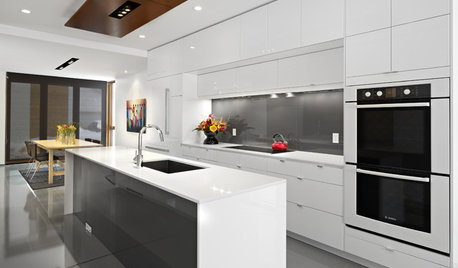
KITCHEN APPLIANCESFind the Right Oven Arrangement for Your Kitchen
Have all the options for ovens, with or without cooktops and drawers, left you steamed? This guide will help you simmer down
Full Story
KITCHEN DESIGNA Cook’s 6 Tips for Buying Kitchen Appliances
An avid home chef answers tricky questions about choosing the right oven, stovetop, vent hood and more
Full Story
TASTEMAKERSPro Chefs Dish on Kitchens: Michael Symon Shares His Tastes
What does an Iron Chef go for in kitchen layout, appliances and lighting? Find out here
Full Story
KITCHEN DESIGNHouzz Call: What’s Cooking in Your Kitchen?
Most of us turn to recipes, videos and culinary shows when we cook. Where do you set your cookbook, tablet or TV screen?
Full Story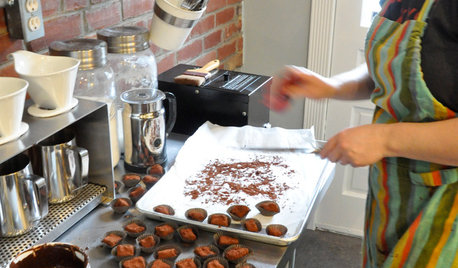
KITCHEN DESIGNLove to Cook? We Want to See Your Kitchen
Houzz Call: Show us a photo of your great home kitchen and tell us how you’ve made it work for you
Full Story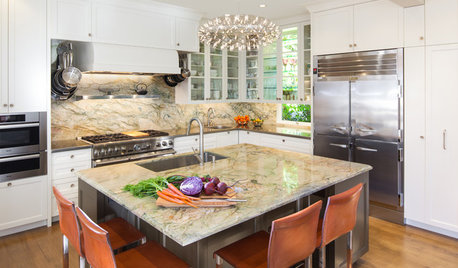
KITCHEN DESIGNKitchen of the Week: Elegant Updates for a Serious Cook
High-end appliances and finishes, and a more open layout, give a home chef in California everything she needs
Full Story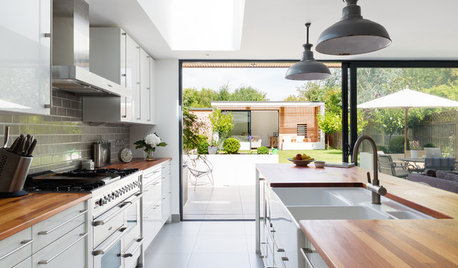
KITCHEN DESIGNA Designer Shares Her Kitchen-Remodel Wish List
As part of a whole-house renovation, she’s making her dream list of kitchen amenities. What are your must-have features?
Full Story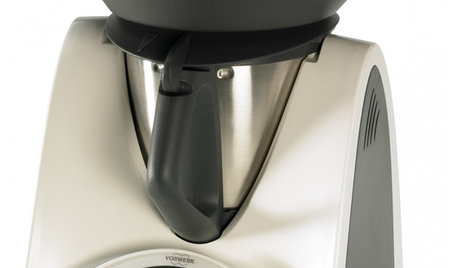
HOME TECH3 Kitchen Contraptions You Won’t Believe
Pizza hot from the printer, anyone? These cooking gadgets harness imagination and high tech — and have price tags to match
Full Story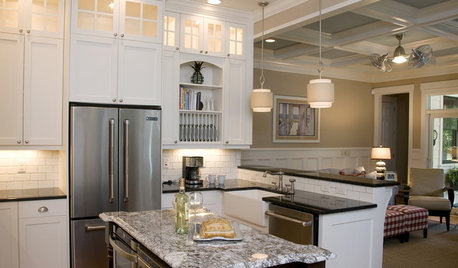
KITCHEN DESIGNStay Cool About Picking the Right Refrigerator
If all the options for refrigeration leave you hot under the collar, this guide to choosing a fridge and freezer will help you chill out
Full Story
KITCHEN DESIGNWorld of Design: Favorite Recipes From Food Lovers Around the Globe
Travel with your tastebuds and experience for yourself these international foodies' favorite dishes
Full Story


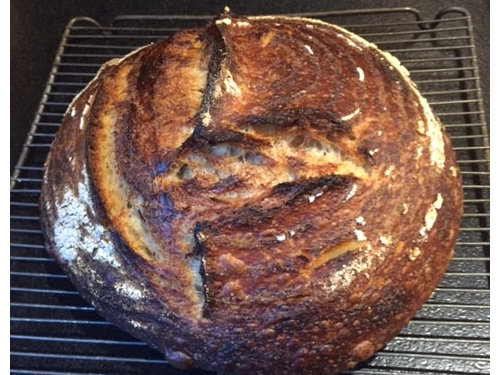
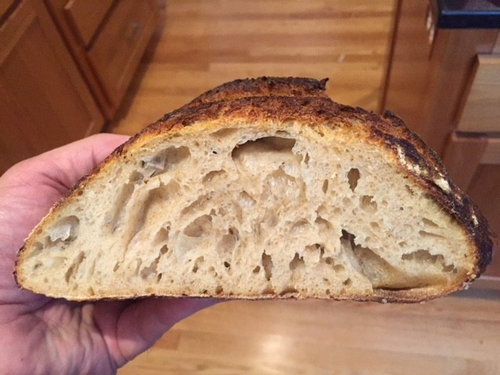
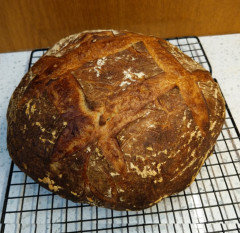
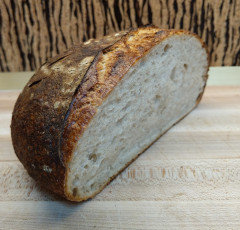
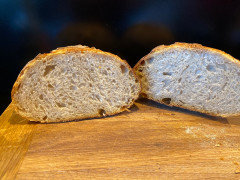
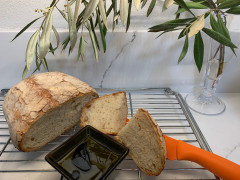
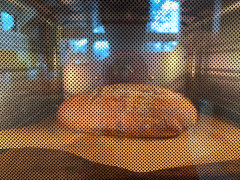
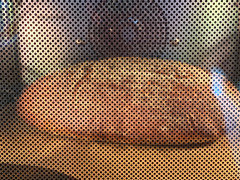
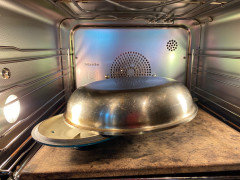
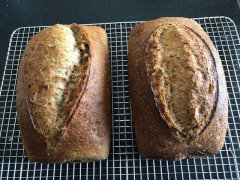
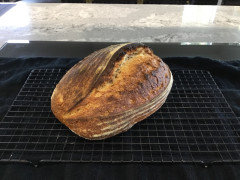
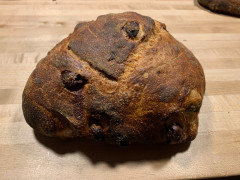
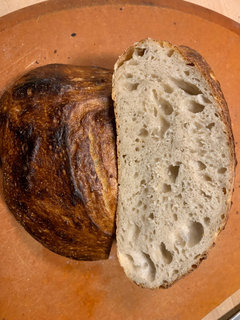
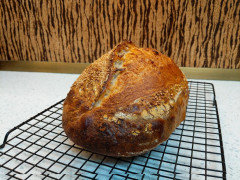
Doug